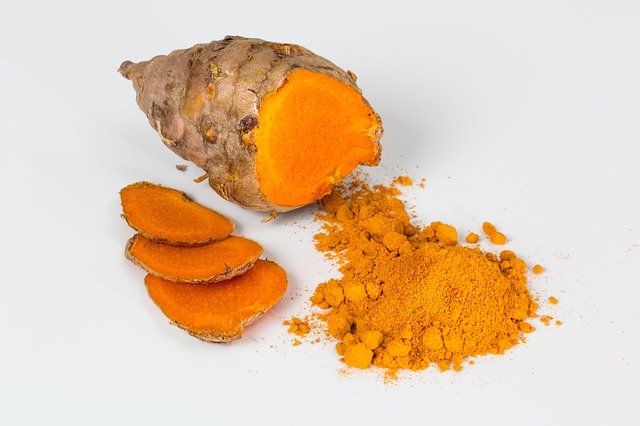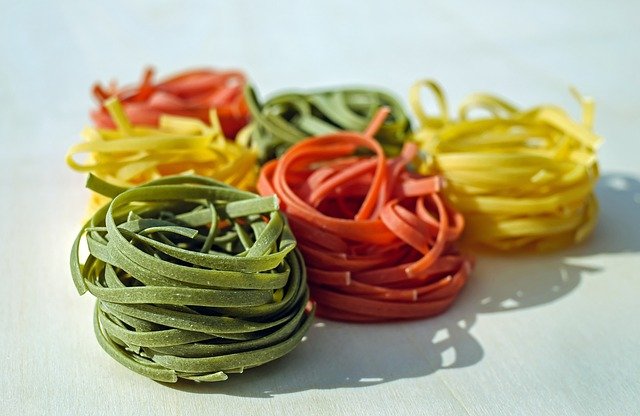
Turmeric is a very popular dye.
Colorant is a notion that can be used as an adjective or as a noun . The word is formed with the verb colorar (to provide color) and with the ending -nte (which allows the development of deverbal adjectives, alluding to the execution of the action that expresses the base).
A dye, therefore, is a substance that serves to give color to something. In this way what the dye does is dye or paint .
History of dyes
Human beings have used dyes since prehistory . At first, minerals and elements of animal and plant origin were used for this purpose.
Thus, with cochineal (the insect with the scientific name Dactylopius coccus ), turmeric (the plant called Curcuma longa ) and other resources, prehistoric man could paint his skin , color his clothing and decorate all types of objects for recreational or ritual use.
Synthetic dyes , meanwhile, emerged in the mid-19th century . The English chemist William Henry Perkin , who at the age of 18 accidentally discovered that the oxidation of aniline gave rise to a dye, was the pioneer. This discovery occurred in 1856 .
Differentiation according to origin
As can be seen when reviewing the history of dyes, these substances can be divided into two large groups according to their origin.
When the dyes come from plants, animals or minerals, they are called natural dyes . Thanks to the development of various processes, leaves, roots, wood or even the body of insects can be used, for example.

Different types of colorants are often used in the food industry .
Natural dyes are therefore organic . Synthetic or artificial dyes , on the other hand, are obtained in laboratories . They are generally produced quickly and at a low cost, which is why they are usually used industrially over natural dyes.
Food coloring
Another classification can be made depending on the application. Food or food coloring , as the name suggests, is used to modify the color of food .
These colorants make up the set of additives : they are added to food to improve its qualities or even to give it characteristics that it does not possess. Additives usually lack nutritional value, aiming to alter the organoleptic properties or increase the shelf life.
Because color is one of the most important variables when establishing preferences for one food or another, food coloring is widely used by industrial producers. Color influences the perception of flavor , with which coloring influences consumer satisfaction.
It is important to mention that food coloring can be natural or synthetic . Regarding synthetic dyes, there are studies that warn of the possible danger of some of them to health , such as erythrosine .
Carbonated drinks (known as carbonated drinks , sodas or soft drinks ), candy , ice cream and snacks ( snacks ) are among the products that usually have colorings. To know the detailed composition of each industrially produced food, it is possible to read its ingredients on the packaging.
